Digital Camera World Verdict
Catering to popular mirrorless full-frame cameras, this 10mm fisheye is available in Canon RF, Leica L, Nikon Z and Sony FE mount options. Like the rest of the 7Artisans line-up, it’s a fully manual lens but the lack of autofocus is no real problem, thanks to the enormous depth of field. Image quality is excellent for a fisheye lens, with impressive sharpness and negligible colour fringing, right out to the extreme edges and corners of the image frame. It’s solidly built with the barrel, integral hood, mounting plate and front lens cap all being crafted from metal. At the price, it’s an absolute steal.
Pros
- +
Superb image quality for a fisheye
- +
Sturdily built from metal parts
- +
Stepless ‘de-clicked’ aperture ring
Cons
- -
No autofocus – are you bothered?
- -
No built-in electronics
- -
No weather-seals
Why you can trust Digital Camera World
The 7Artisans 10mm f/2.8 Fisheye is part of a unique group of lenses. There are some seriously wide-angle rectilinear lenses available for mirrorless full-frame cameras, but fisheye lenses really take off the blinkers.
Unlike a circular fisheye, which gives a full 180-degree viewing angle in both the vertical and horizontal planes but only uses the central region of the image sensor to create a circular image, this 7Artisans lens is a diagonal fisheye. As such, you get a 178-degree viewing angle measured on the diagonal, which is still frankly enormous, and the whole image sensor is utilised to create rectangular images.
Specifications
Mount: Canon RF, Leica L, Nikon Z, Sony FE
Lens construction: 11 elements in 8 groups
Angle of view: 178 degrees
Diaphragm blades: 8
Minimum aperture: f/22
Minimum focusing distance: 0.17m
Autofocus type: Manual only
Filter size: N/A
Dimensions: 87x68mm
Weight: 570g
Key features
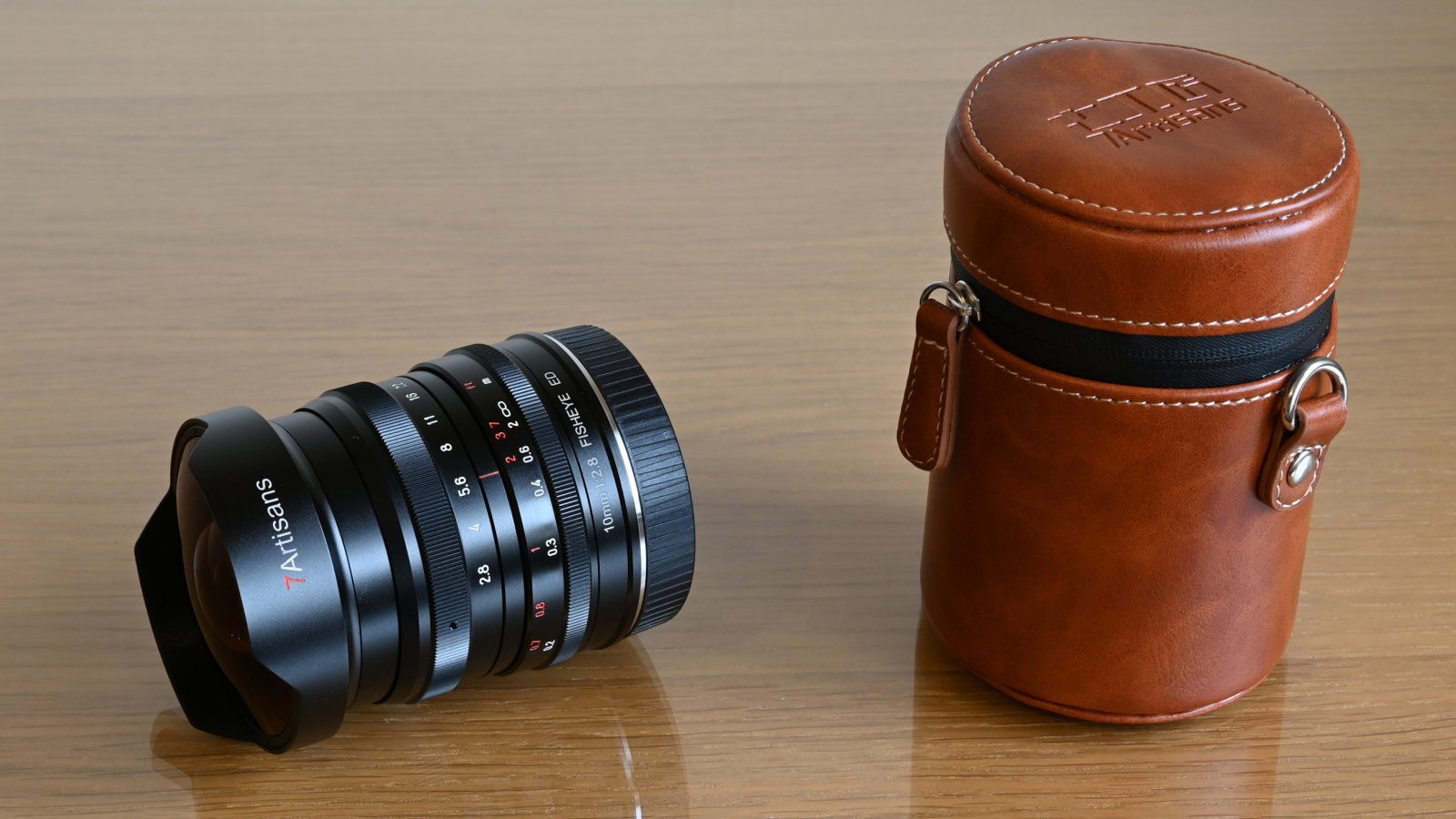
Top of the features list is the mighty viewing angle, but it’s shoehorned into a conveniently compact and lightweight package. The lens has a fast f/2.8 aperture rating, well-suited to shooting indoors or at twilight without having to bump up your camera’s ISO setting too far, to retain usable shutter speeds. Given the extremely short focal length, camera-shake is rarely a problem anyway. Even so, in-body stabilization proved available on the Nikon Z full-frame camera we used for testing, after dialling in the approximate ‘Non-CPU lens data’ in the setup menu.
The lens is based on 11 elements in 8 groups and includes a Hoya ULD (Ultra Low Dispersion) element. There are no built-in electronics so aperture control and focusing are purely manual affairs, based on the lens’s two control rings. You can’t control the aperture from the host camera body, limiting compatibility for PASM shooting modes, and no lens-based EXIF data is stored within image files.
Build and handling
Build quality is very convincing. Extensive use of sturdy metal parts is featured for the lens barrel and mounting plate, as well as for the built-in hood which protects the protruding front element, and even for the slip-on lens hood. The only potential disappointment is that the lens lacks any weather-seals.
Handling feels very refined. The lens is quite compact at just 87x68mm and fairly lightweight at an easily manageable 570g. The two control rings work smoothly and precisely, with long rotational travel for the focus ring and stepless ‘de-clicked’ operation for the aperture ring. The latter is a bonus if you’re shooting video.
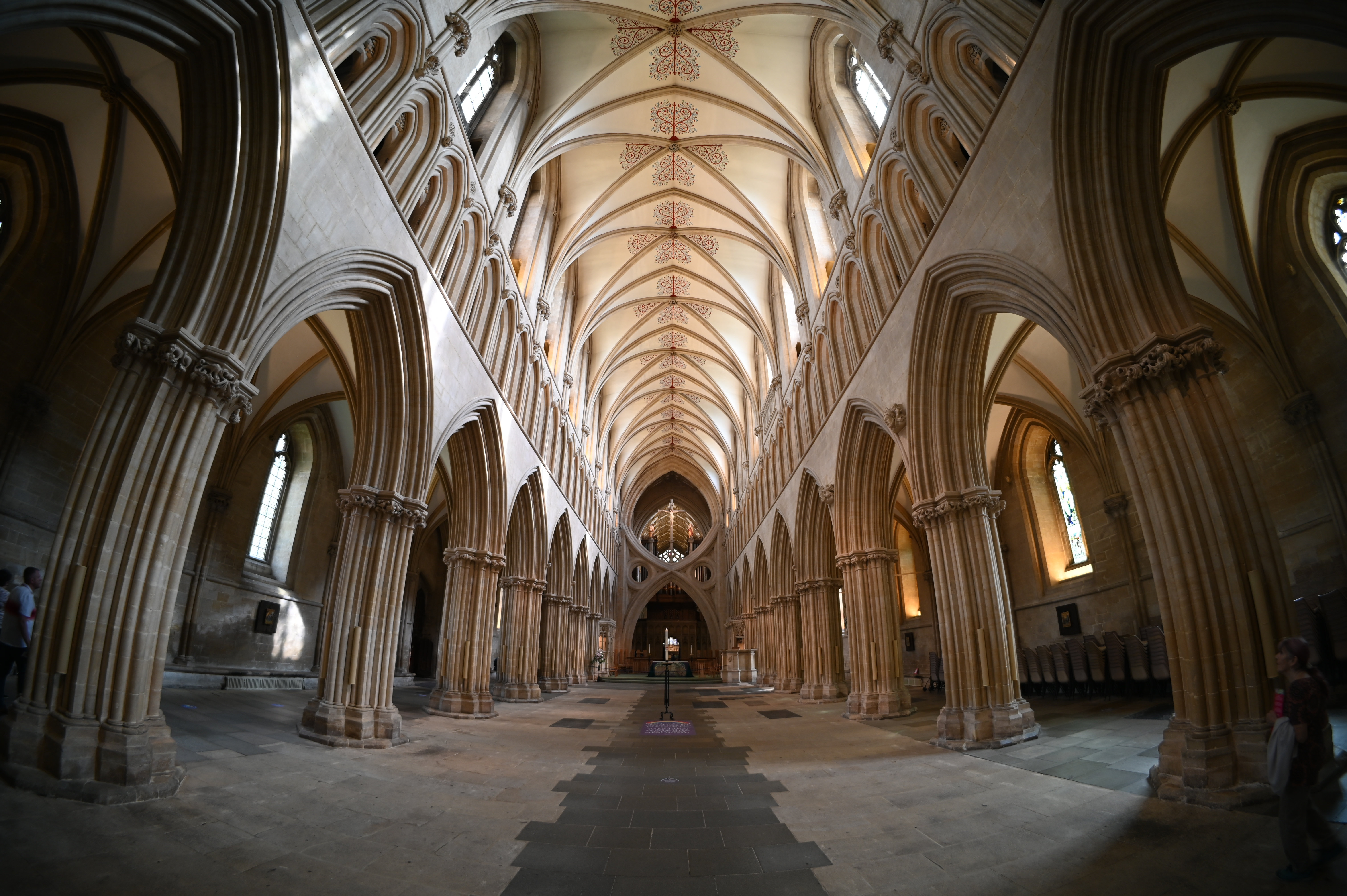
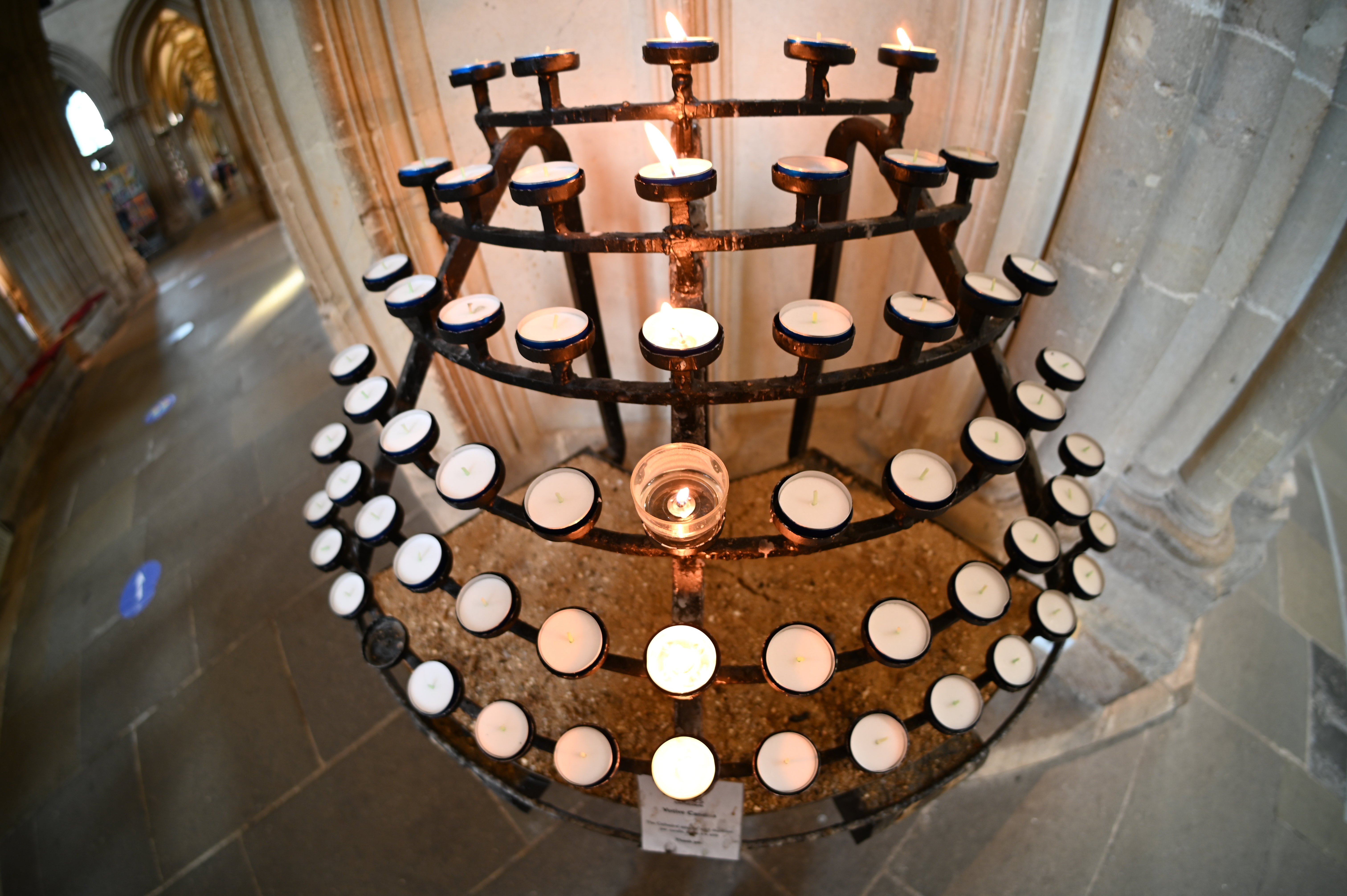
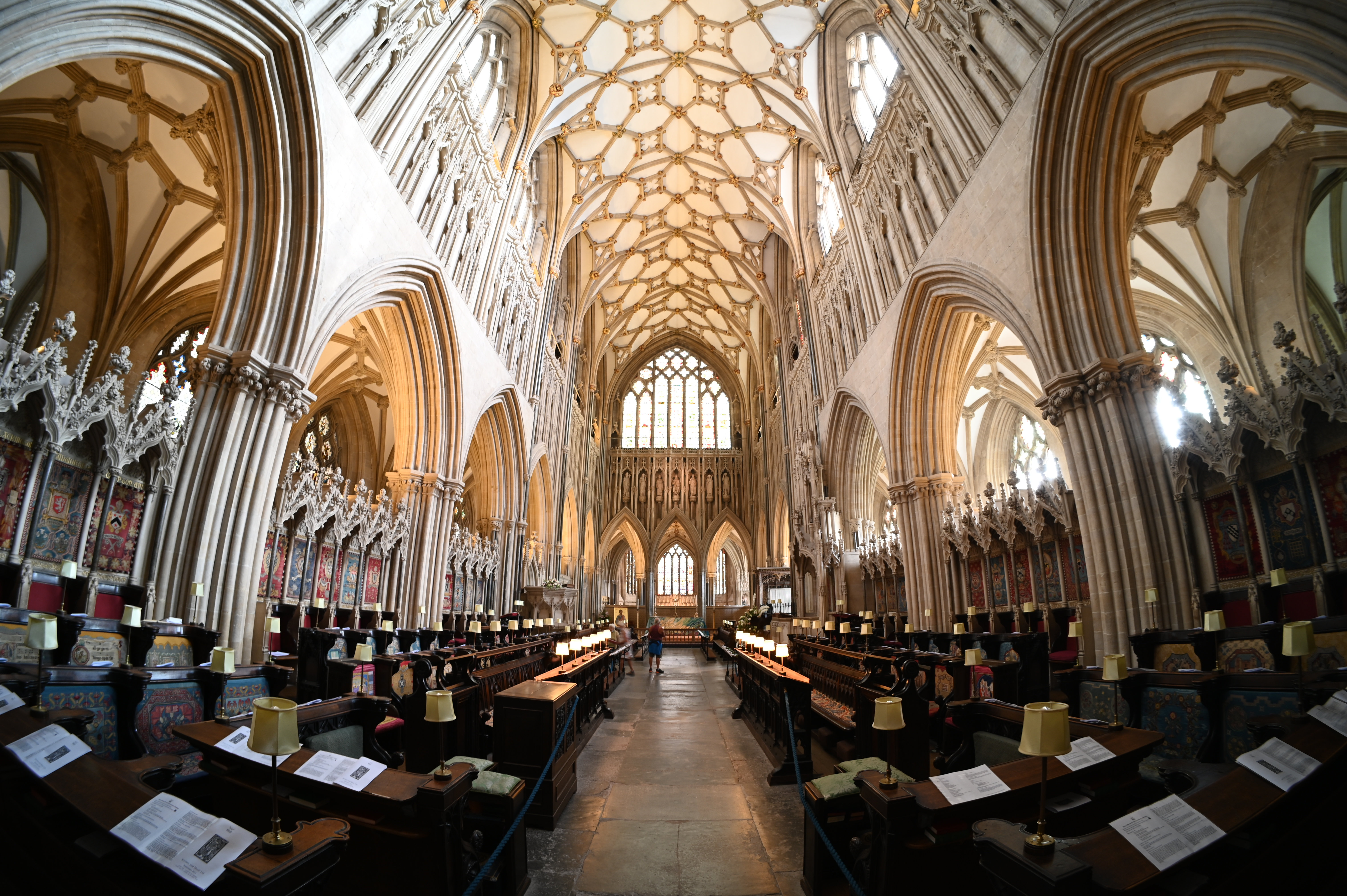
The minimum focus distance is impressively short, at just 0.17m, so you can get up really close to objects and further exaggerate the fisheye perspective effect. The lack of autofocus might be seen as an obstacle but, in practice, it’s no big deal. The depth of field is so vast that accurate focusing is rarely required. Indeed, for shooting everything other than extreme close-ups with an aperture of f/5.6 or narrower, you can set the focus ring to its 0.6m/2 ft marking and everything should be sharp from really close up, all the way to infinity. As such, you can generally just set the focus ring and forget about it.
Performance
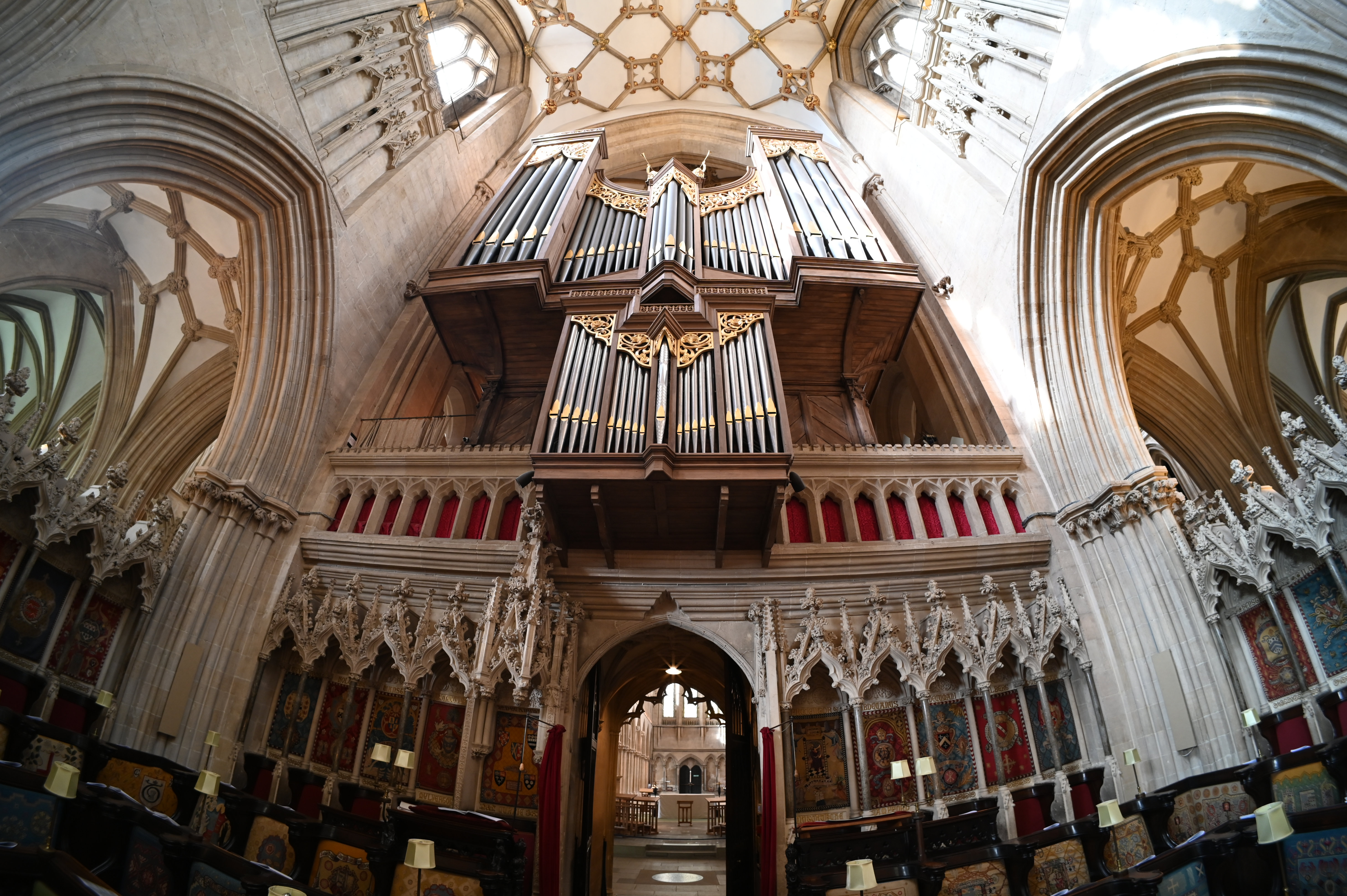
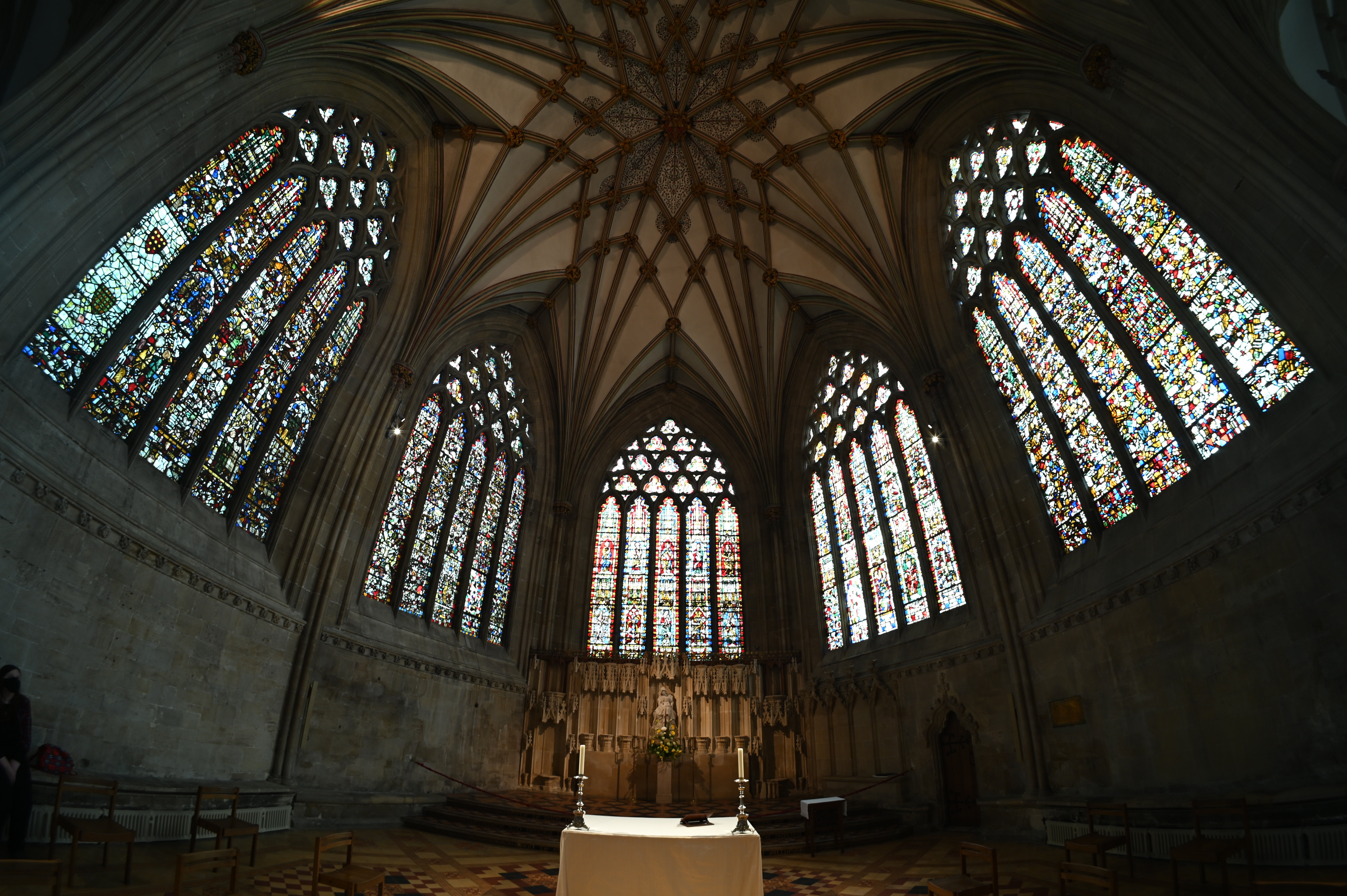
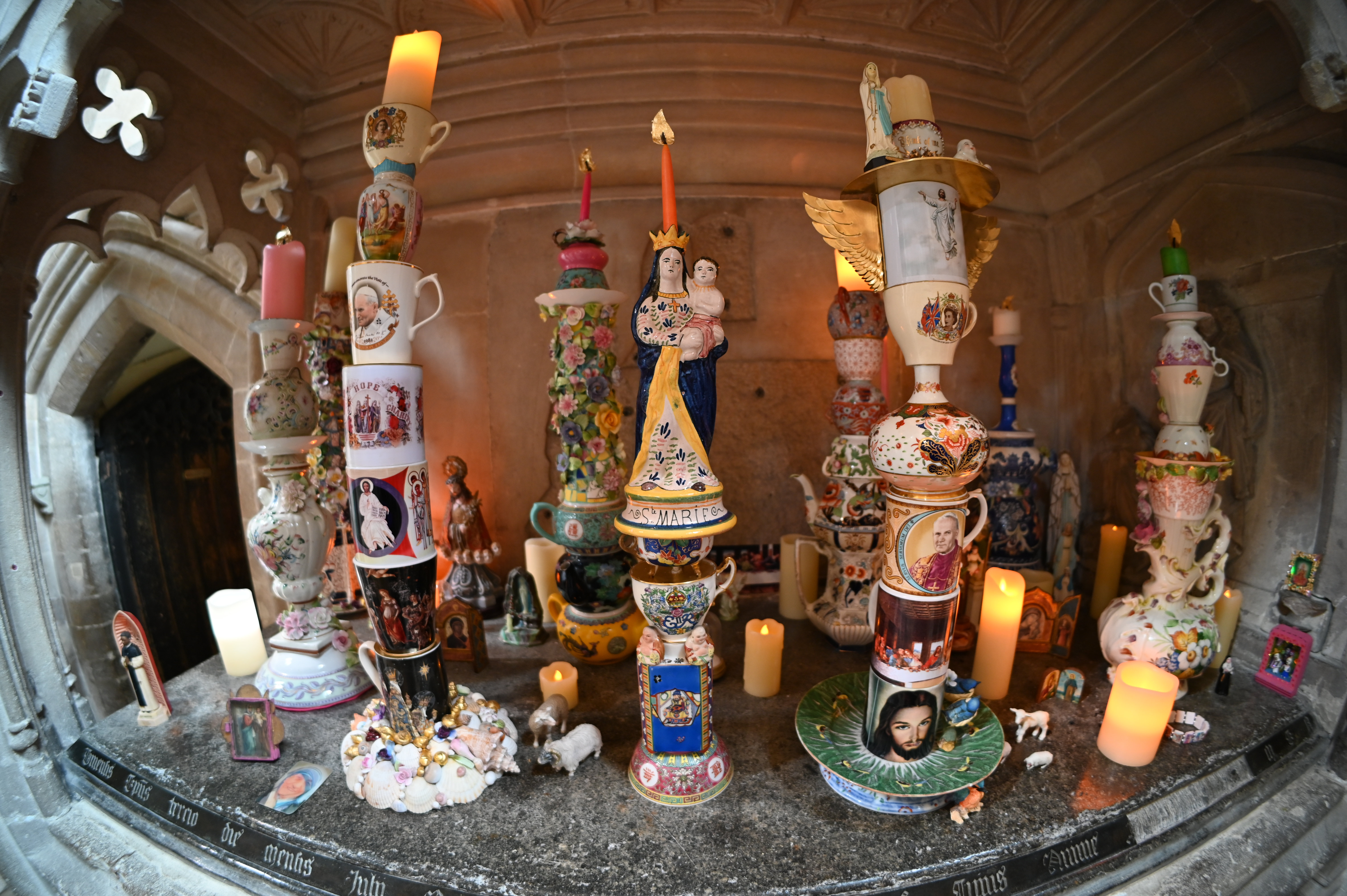
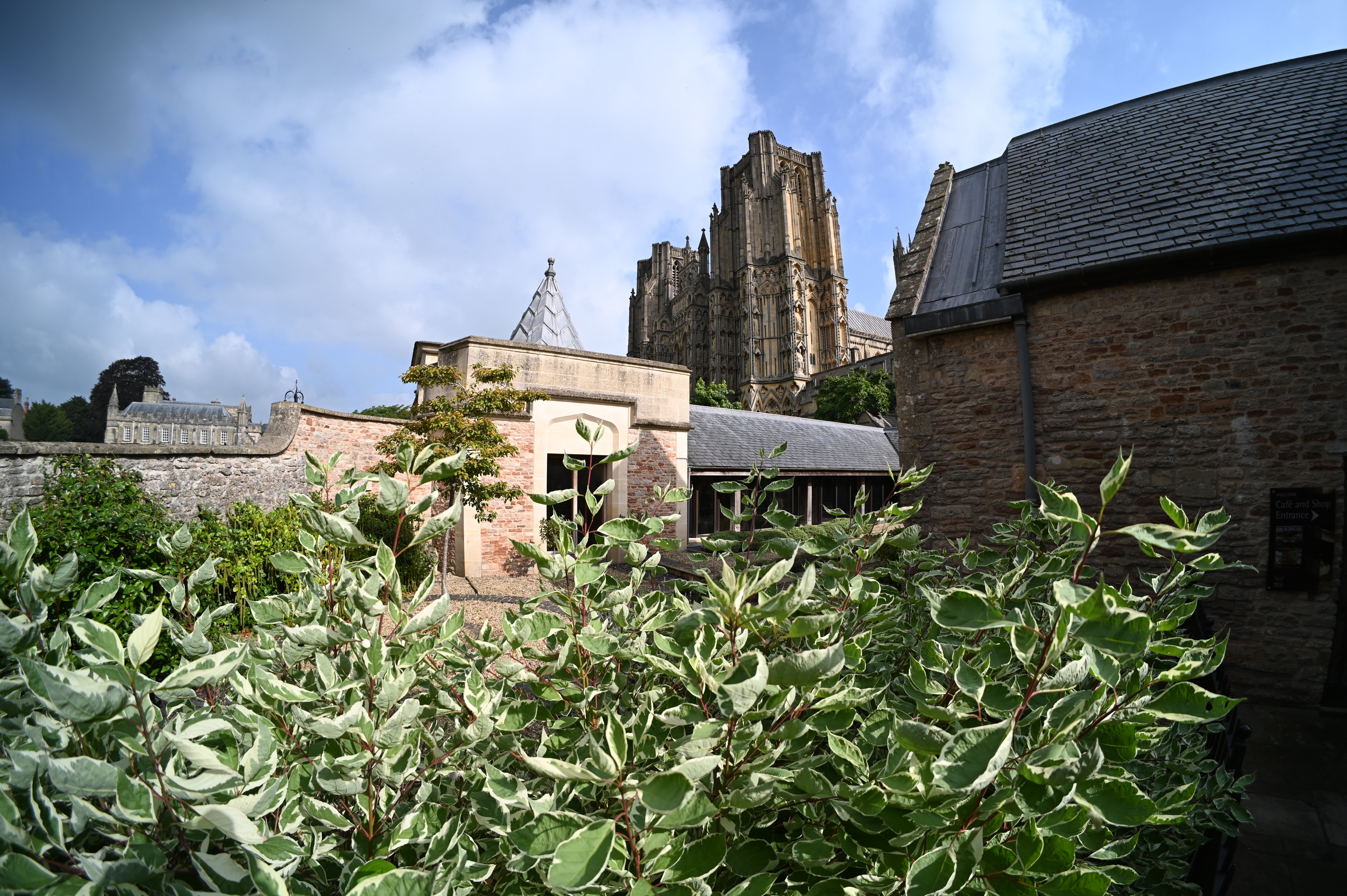
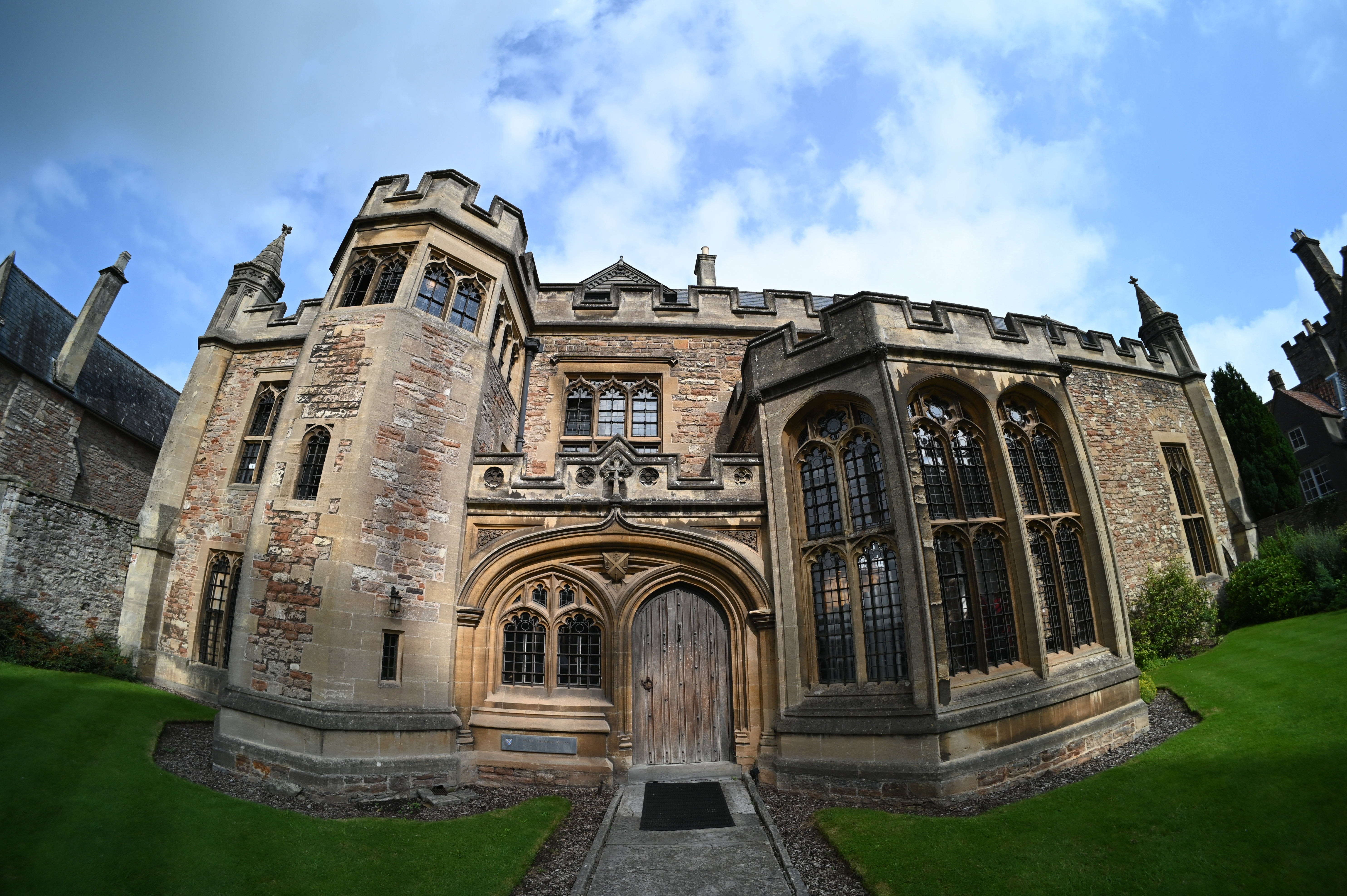
There’s nothing new about fisheye lenses but most only deliver mediocre image quality. Despite its low-budget asking price, the 7Artisans produces pictorial excellence in every respect. Naturally, you get the extreme barrel distortion that you’d expect from a fisheye, but that’s part of its charm. More unusually, sharpness is excellent for a fisheye, right out to the extreme edges and corners of the image frame, even when shooting wide-open at f/2.8. The lens also does hugely well to suppress chromatic aberrations, with negligible colour fringing even at the corners of the frame.
Verdict
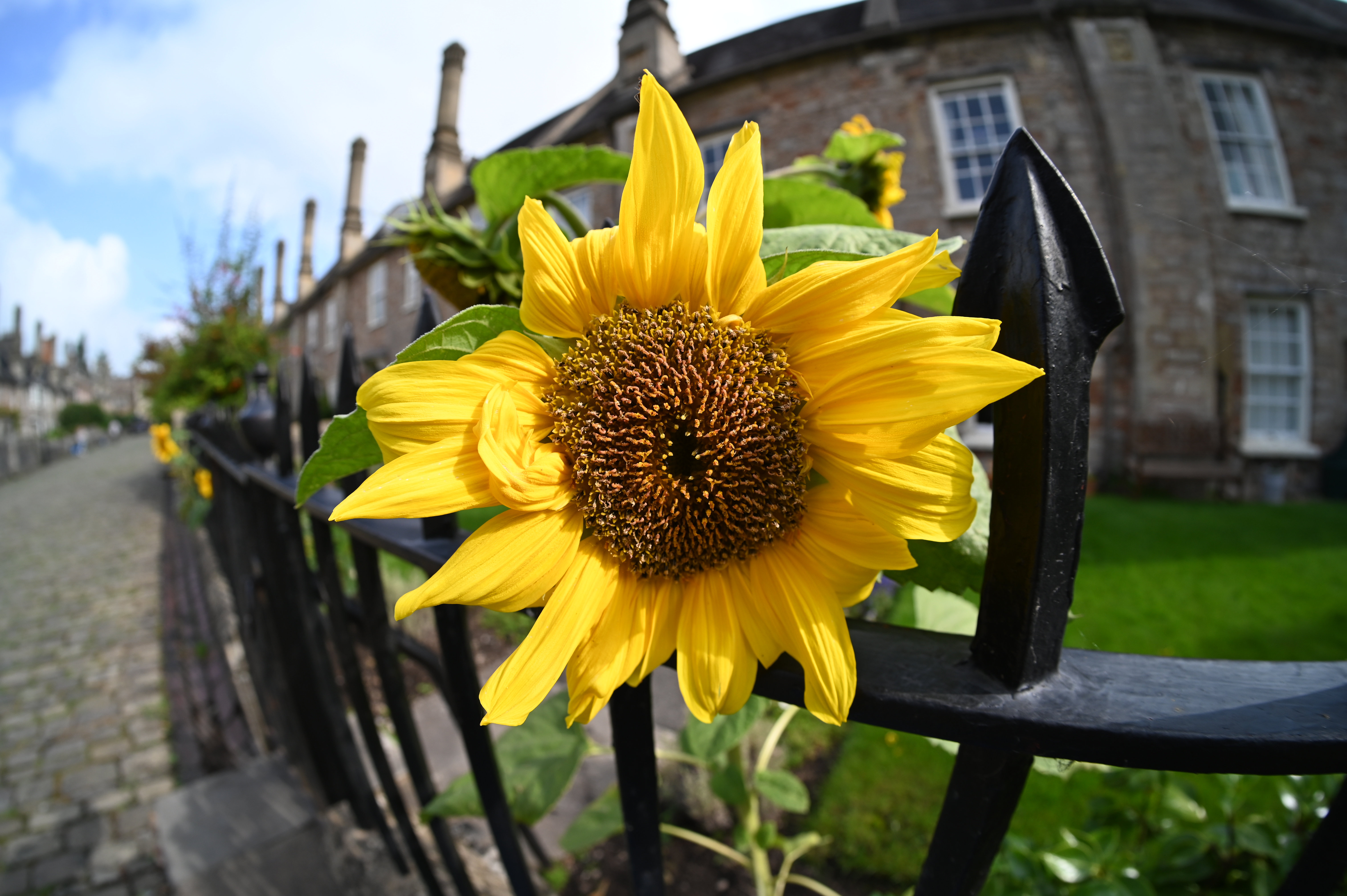
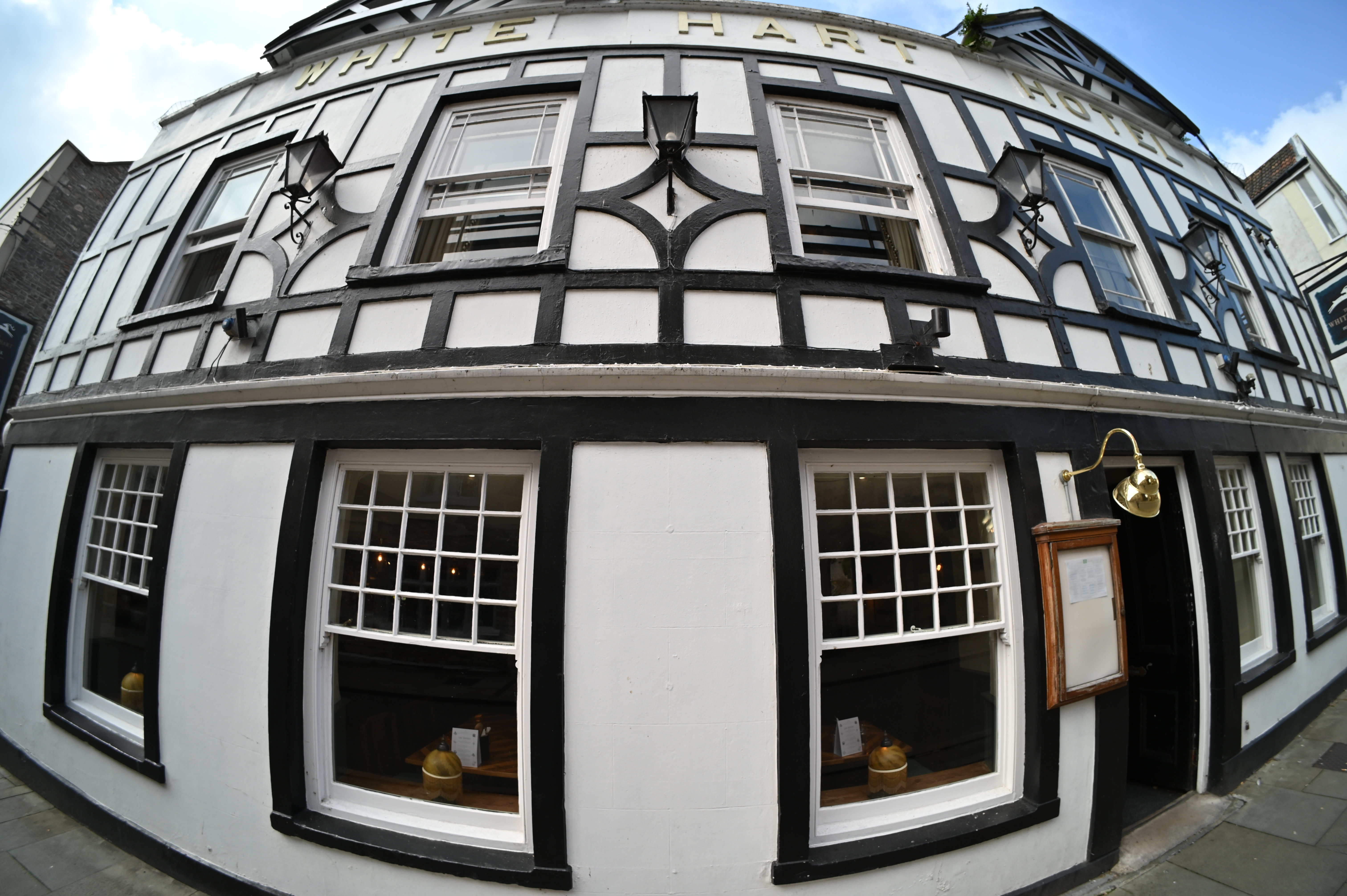
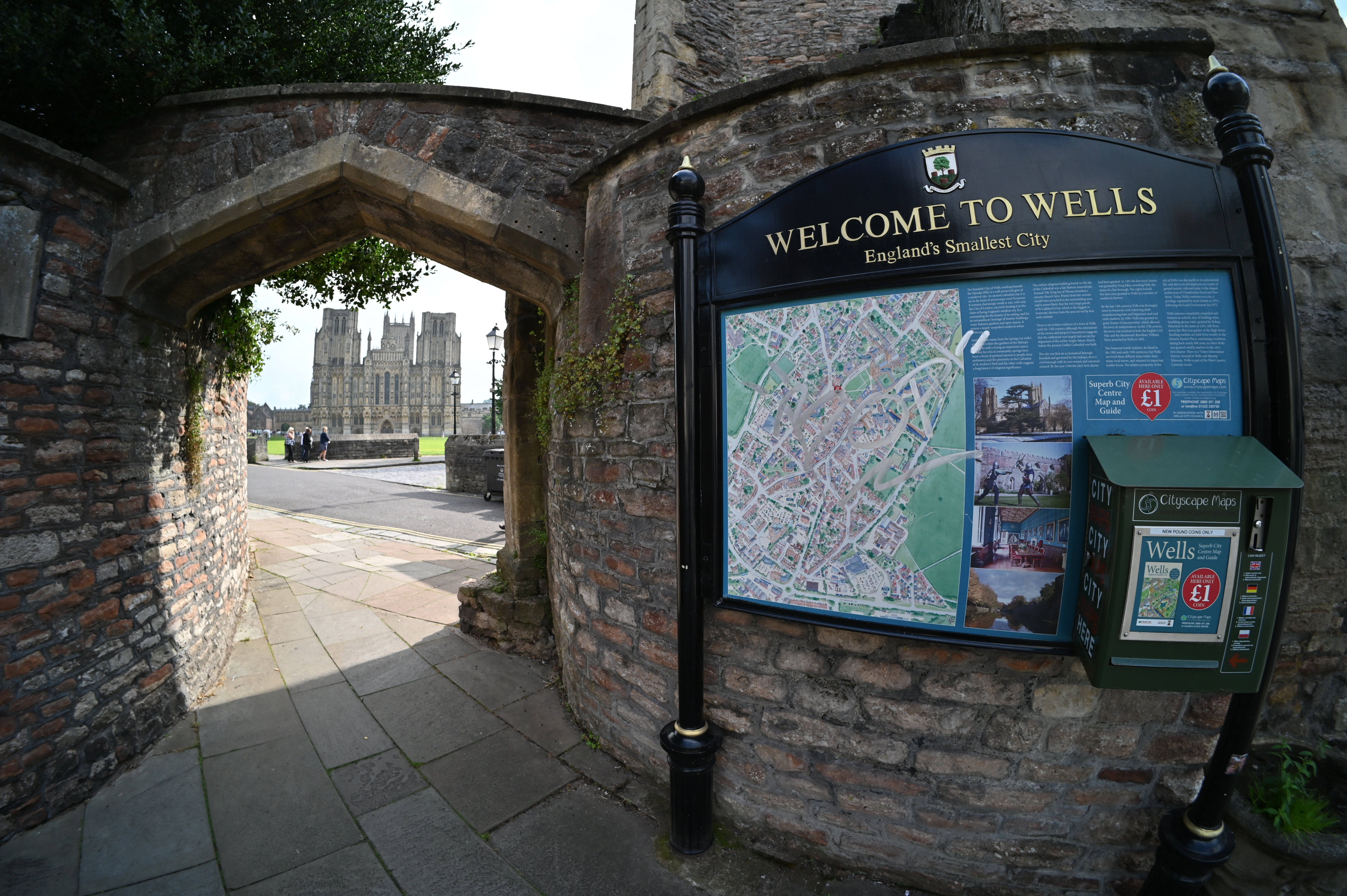
As a diagonal fisheye, the 7Artisans 10mm really does come up trumps for build quality, handling and optical performance. It’s super-sharp for its breed, a delight to use, and it looks and feels a really high-quality lens. All of this is at odds with the extremely competitive asking price, which makes the lens an absolute bargain.
Read more:
• Best fisheye lenses
• Best lenses for bokeh
• Best Canon RF lenses
• Best L-mount lenses
• Best Nikon Z lenses
• Best Sony lenses
Matthew Richards is a photographer and journalist who has spent years using and reviewing all manner of photo gear. He is Digital Camera World's principal lens reviewer – and has tested more primes and zooms than most people have had hot dinners!
His expertise with equipment doesn’t end there, though. He is also an encyclopedia when it comes to all manner of cameras, camera holsters and bags, flashguns, tripods and heads, printers, papers and inks, and just about anything imaging-related.
In an earlier life he was a broadcast engineer at the BBC, as well as a former editor of PC Guide.



